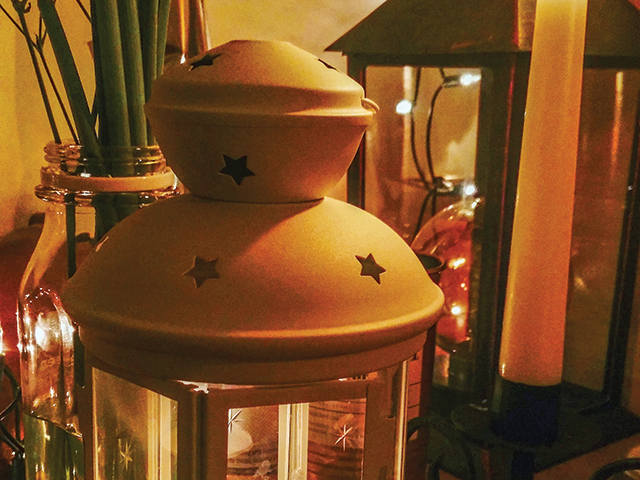
Ann Brady is a happily-married mother of two boys from Greystones, County Dublin, her eldest son, Harry, is in fifth class in primary school and on the surface he looks just like any other happy 11-year-old boy. However, the scars on his chest and back reveal a different story.
Harry was born with a rare life-threatening congenital heart disease known as Pulmonary Atresia. There is no known cause or means of prevention for the disease which prevents proper blood flow from the heart to the lungs and can eventually result in death. Ann spoke to The College View about how she has coped with the cards that were dealt to her son Harry.
“Myself and my husband James had wanted children for a long time but we were unable to so it was a surprise when, at 41, I found out I was pregnant. When Harry was first born, he was tiny but we simply put this down to the fact that he had been born a few weeks premature.
Then, what began as the happiest day of my life soon turned into chaos and fear as he was rushed to Our Lady’s Children’s Hospital in Crumlin, just hours after being born. We then learned about his condition and we were told that if he did not receive major surgery straight away, he would die. He underwent his first major open heart surgery right then as we waited, hoping and praying, that he would pull through. We were told by both the doctors and surgeons involved to hope for the best, but that the odds were stacked against him.”
The surgeons had done all they could while Ann and James were left to play the waiting game. Harry was kept in the intensive care unit in Crumlin for several weeks. Gradually, as the hours and days passed by, he continued fighting to survive.
“Those first few days were torture but we gradually began to feel a sense of hope as we watched him breathing and growing stronger. Eventually he was moved out of intensive care and onto the cardiac ward. We finally brought him home two months later.
“For the first four years of Harry’s life he had to take various types of medication on a daily basis. Growing up, Harry suffered from cyanosis which meant that his face and hands would often be blue in colour and cold. He would breathe very quickly and get tired and shortness of breath after doing what most kids his age could do with ease. We were told after he was born that he would need more surgery in a few years, and although his health was monitored closely by his cardiologist, we found ourselves at a crossroads again.”
Ann and James had two options; to allow their son to have another life-threatening operation in the hope’s of improving his quality of life or to watch his health deteriorate to the point where he would possibly suffer and die from a stroke as a teenager.
“At age six, Harry had his second open-heart surgery, called a Fontan procedure. We knew that one of the biggest risks associated with the surgery was that his lungs could fill up with fluid in the hours and days after the surgery and that his body might not be able to cope with this. We were told to hope and pray for the best but to expect the worst. But he had already defied the odds in fighting back after his first surgery and finally, after many sleepless nights and days, he seemed to be doing the same this time around.
“Eventually he was moved out of intensive care once again, back onto the cardiac ward and then home. After the surgery we noticed some big changes in him as a child. He had begun to lose the blue-like colour in his face and hands and he seemed to be breathing deeper and have more energy. He was in senior infants at the time and had missed most of the year from being in and out of hospital in addition to being in a wheelchair for a while after the surgery.”
One of the biggest problems faced by parents of very ill children is that they want their kids to lead as normal a life as possible, but at the same time they worry about the future and their child’s ability to cope.
“You know that you can’t always be there to protect them and you know that they will eventually have to learn how to protect themselves and make mistakes, but when you have a seriously ill child you really see just how delicate children are.
In one single day in the intensive care unit, the priest may come around three or four times and you know that each time they are going to console the families and friends who have just lost their son or daughter.
Thankfully, Harry’s surgery has been successful and his health continues to improve. His life-expectancy is now far greater than in those first few days he was born and it’s hard to believe that in less than two years he will be starting secondary school.
Our biggest hope is that he continues to beat the odds and have a happy and healthy life for as long as possible.”




Leave a Reply